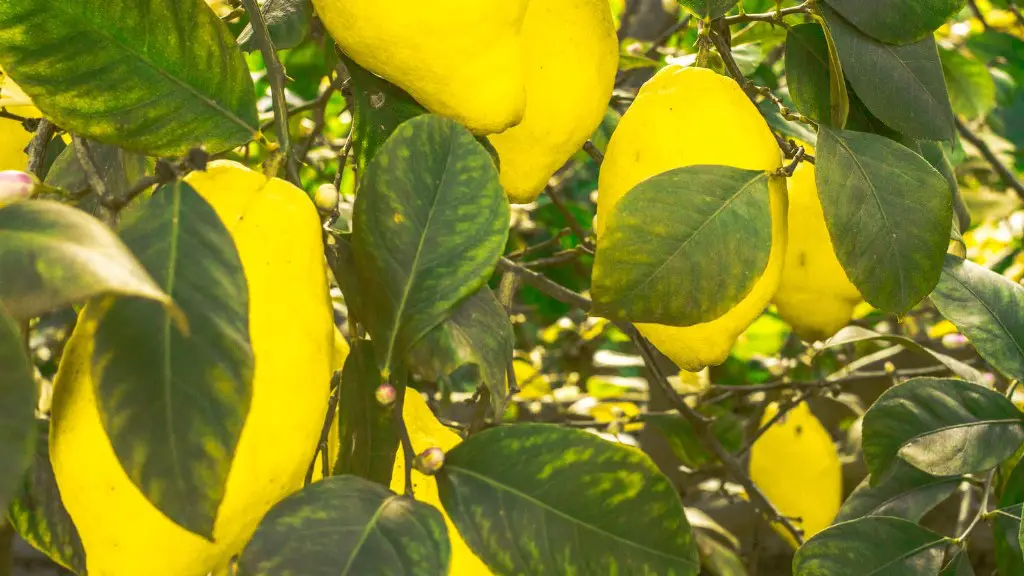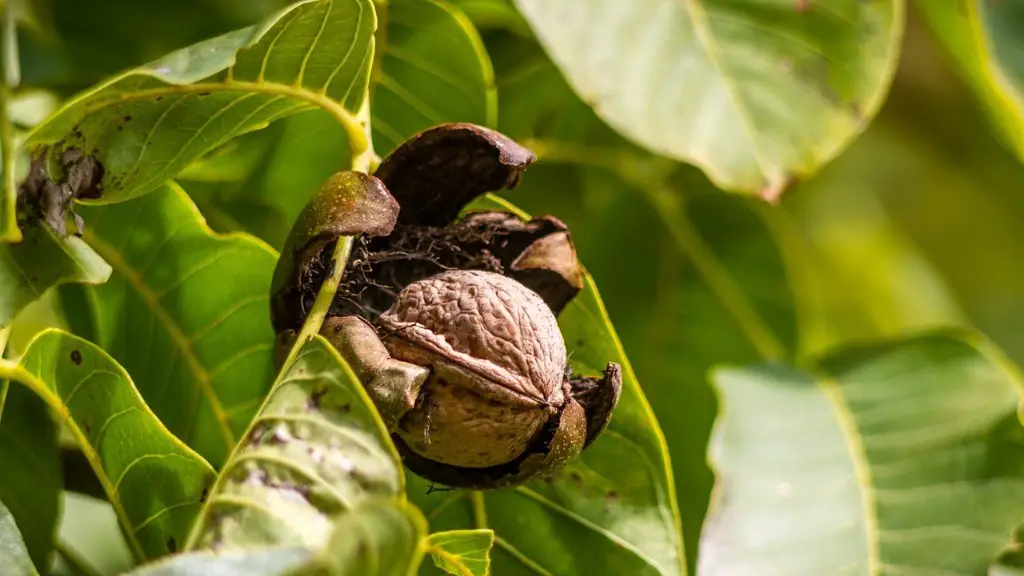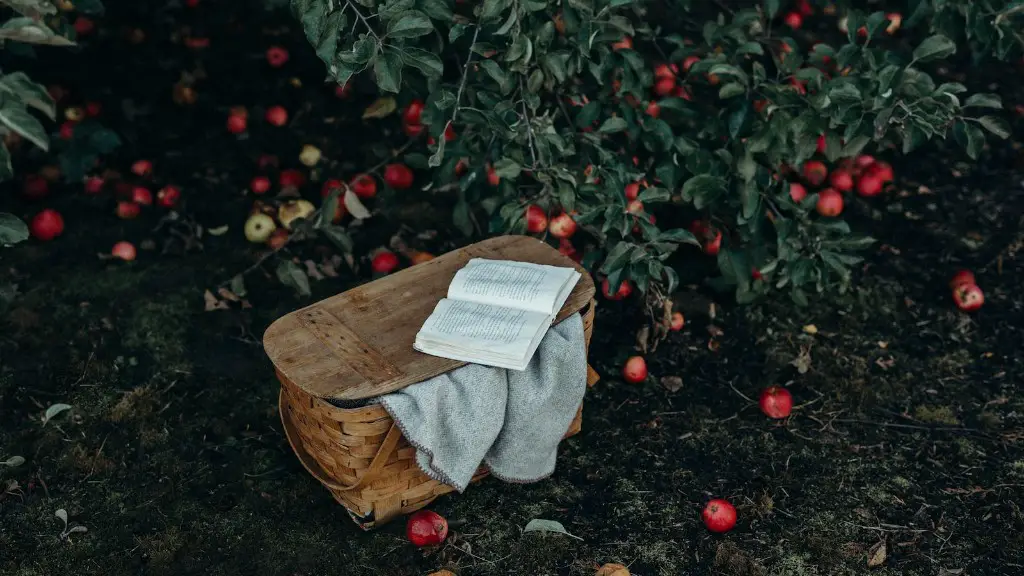Meyer lemon trees need to be pollinated in order to bear fruit. Pollinating meyer lemon trees is a relatively simple process that can be completed in just a few steps. A few common pollinating materials may be used, such as a small paint brush or cotton swab, or even the natural pollination service of bees and other beneficial insects for those who wish to go about it naturally. In most cases, a small paint brush or cotton swab is used to manually move the pollen from the male flower, or stamen, to the female organ, or stigma.
Pollinating Technique
To begin, look for male and female floral parts on a healthy meyer lemon flower. Female organs have a bulbous base which will eventually become a lemon if pollinated, while male parts have a thin stem-like structure and numerous string-like anthers which will release the pollen. If the stems are too thin to hold, a toothpick may be used to hold the anther to avoid any damage as the pollen is being removed.
Next, use a small paintbrush or a cotton swab to carefully move the pollen from the anther to the pistil of the female organ. The pistil is the area located on the center of the flower which has the potential to become a fruit with successful pollination. Move the brush back and forth between the two parts several times to ensure an adequate transfer of the pollen grains to the pistil.
Once the flowers have been pollinated, cover the branch with a paper bag to prevent any birds or wasps from eating the fruit while it develops. Placing stones or other heavy objects on the bag will prevent the wind and other animals from taking it away. Once the fruit is fully grown and mature, it can be harvested and enjoyed.
Take Advantage of Natural Pollinators
For those who wish to take a natural approach to pollination, beneficial insects such as bees and moths help to do the work for you. They are attracted to the flowers by their sweet fragrance and color, and by the promise of nectar from the anthers. When they visit the flowers the insects get covered in pollen and they will then later carry it to other flowers, transferring the pollen and completing the pollination process.
Be sure to provide lots of nectar sources around your Meyer lemon tree, such as flowering herbs and plants, so that beneficial insects have a food source and visit the tree more frequently. Additionally, hedge trimmings and leaves can also be set around the Meyer lemon tree to provide protection and shelter for the beneficial insects.
Create an Appropriate Habitat
Finally, make sure the growing environment for your Meyer lemon tree is conducive to successful pollination and fruit production. Good air circulation and plenty of sunlight are critical for the health of the tree and ensure the pollen will be deposited properly and the flowers can bloom and set. Regularly prune back branches to open up the tree to more sunlight if necessary, and water the soil deeply once or twice a week or as needed. Too much water can drown the roots and lead to poor pollination.
Time of Pollination
Meyer lemon trees typically bloom in late winter or early spring and may continue to bloom into the summer months. Generally, the optimal time for pollination is when the flower buds have opened. At this time, the anthers should have some pollen to collect and the pistils should be receptive to the pollen transfer. If the flowers are already closed when pollinating begins, it’s likely that they may not accept the pollen and the pollination will not be successful.
Avoid Pollinating Too Soon
Pollinating too soon can have a negative effect on a Meyer lemon tree. If the glands of the pistil are not yet mature, the pollen won’t attach to the pistil and therefore no fertilization will take place. The flowers may drop and no fruit will develop. Checking for properly developed pistils will help ensure successful pollination.
Keep Monitoring Progress
Once the pollination process is finished, keep an eye out for any signs of success. The journey from pollination to fruition can take at least one month as the fruit matures. If the flower develops into a fruit, it will eventually turn yellow and begin to seem softer. When it is ready to harvest, it will detach from the branch easily.
Prevent Damage From Pests
While the pollen is doing its job, be sure to keep an eye out for any signs of pests or diseases and take action immediately if any are detected. Organic pest control can be used to eliminate insects and other pests that may damage the flowers or fruit. If any signs of disease are spotted, applying organic fungicide is a great way to deal with the issue.
Preserve Pollen Supply
As a general rule, fertilizer should be kept to a minimum during the pollination period. Too much fertilizer can reduce the pollen supply which could lead to a decrease in the number of flowers and fruit. If the Meyer lemon tree is grown in a container, be sure to fertilize it just before the pollination period, so that the tree can make use of the nutrients and maximize its pollen production.



